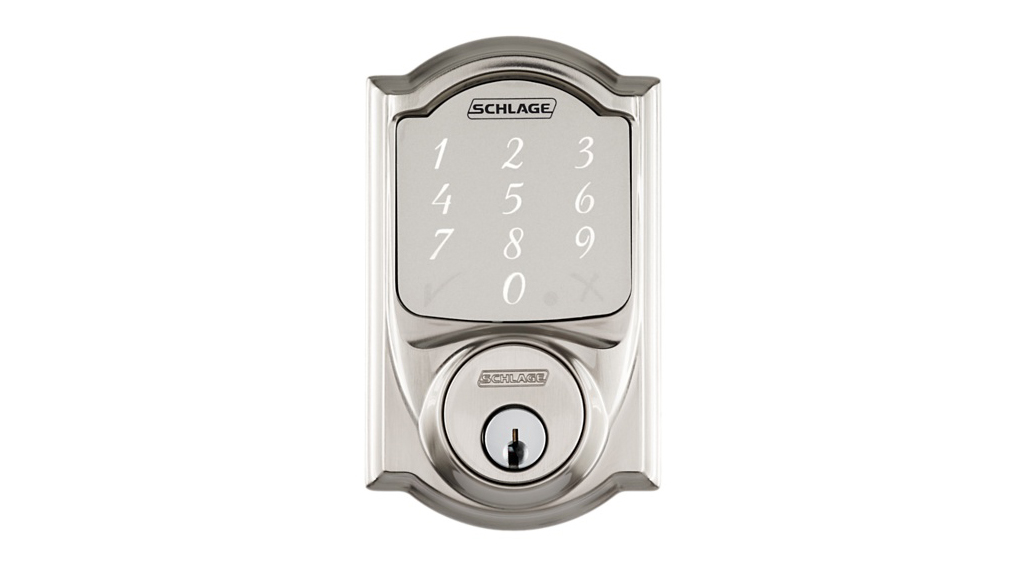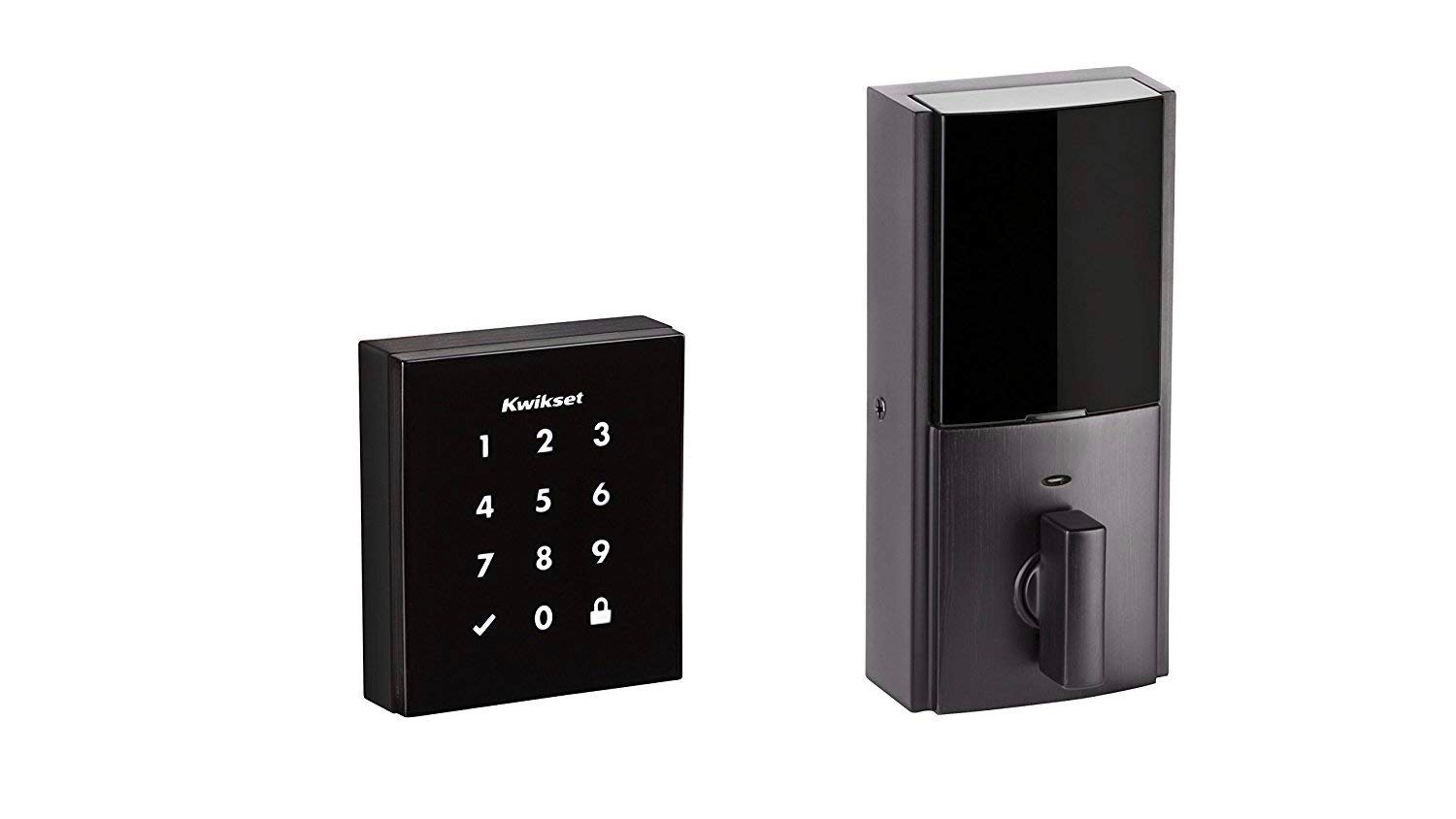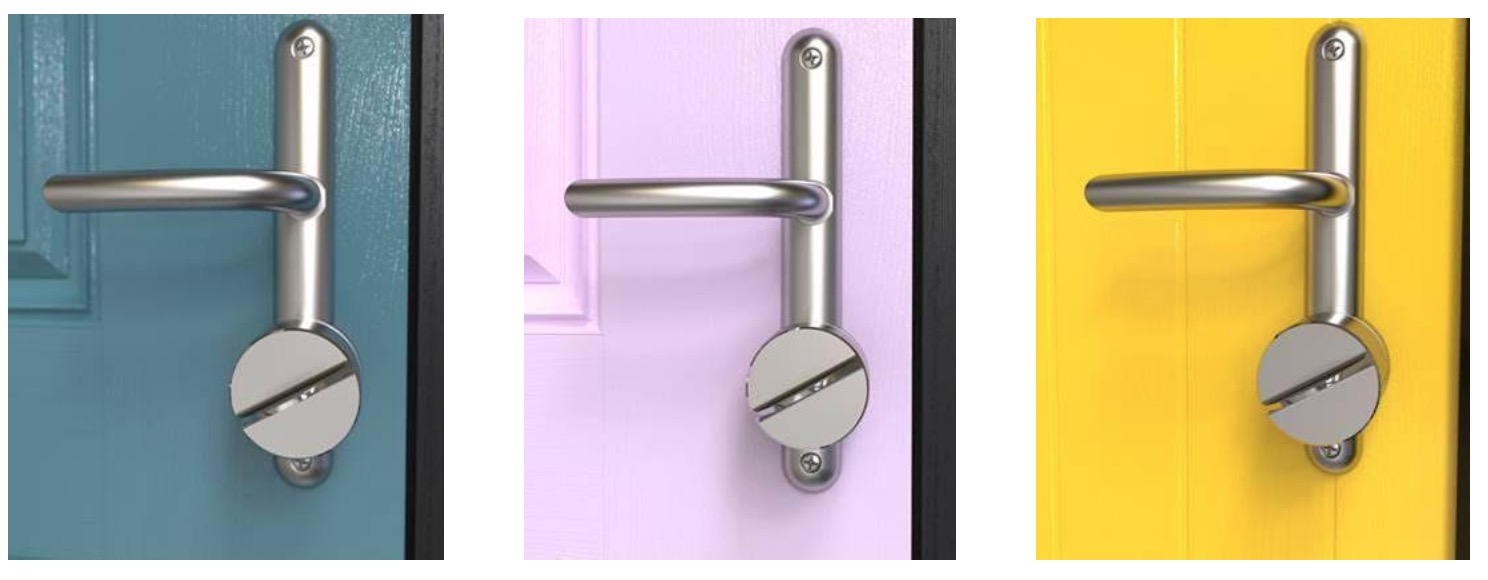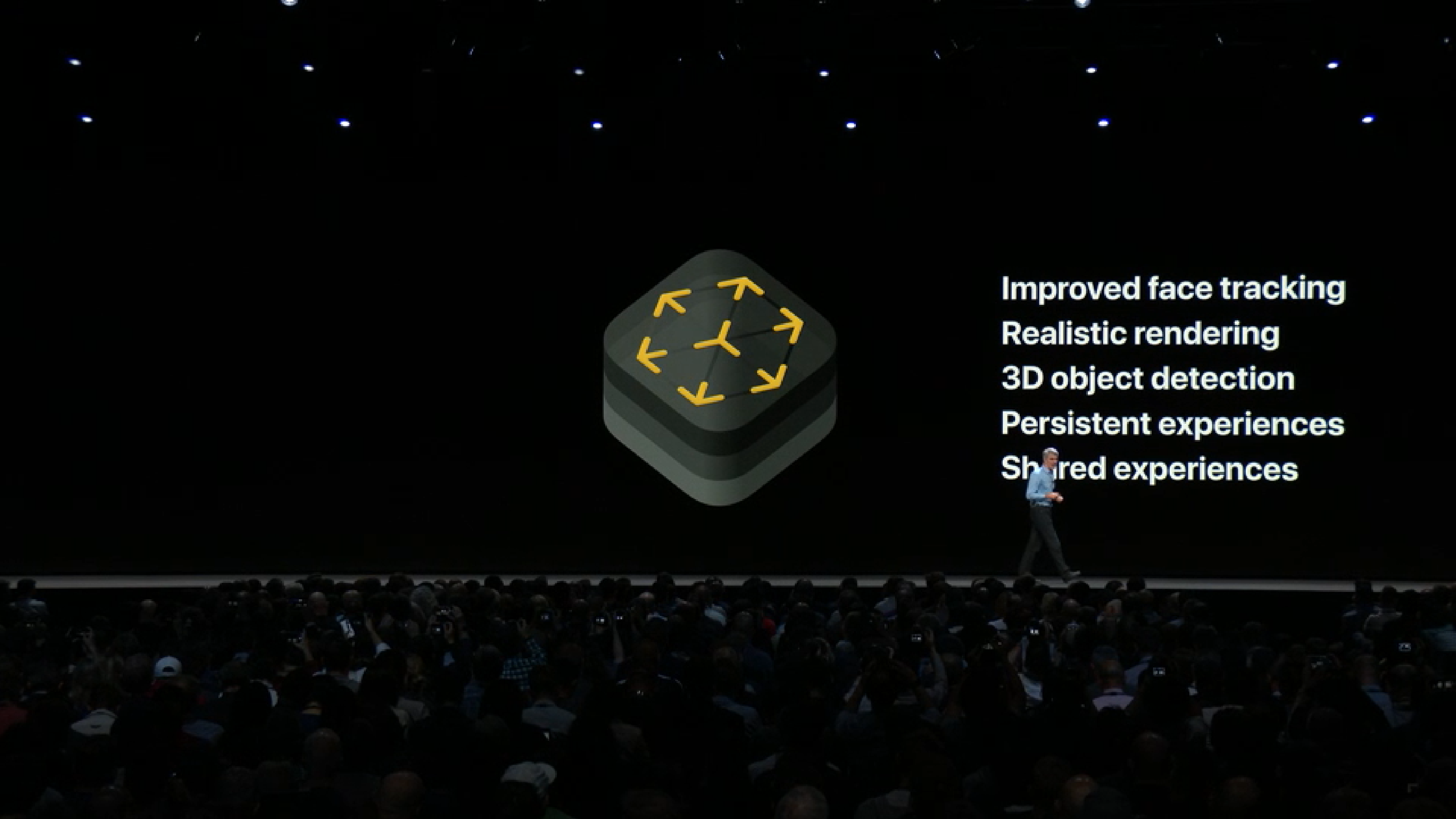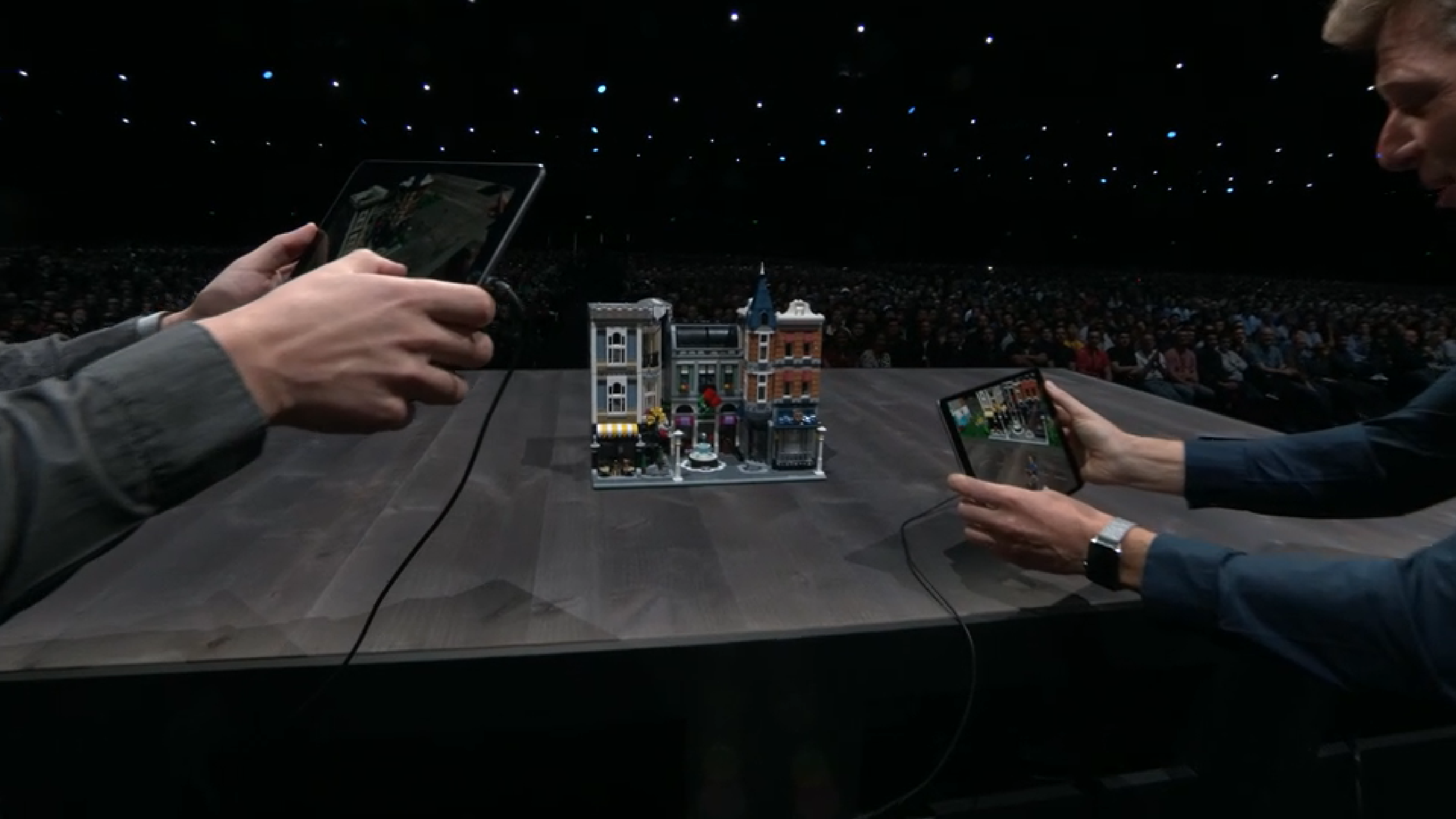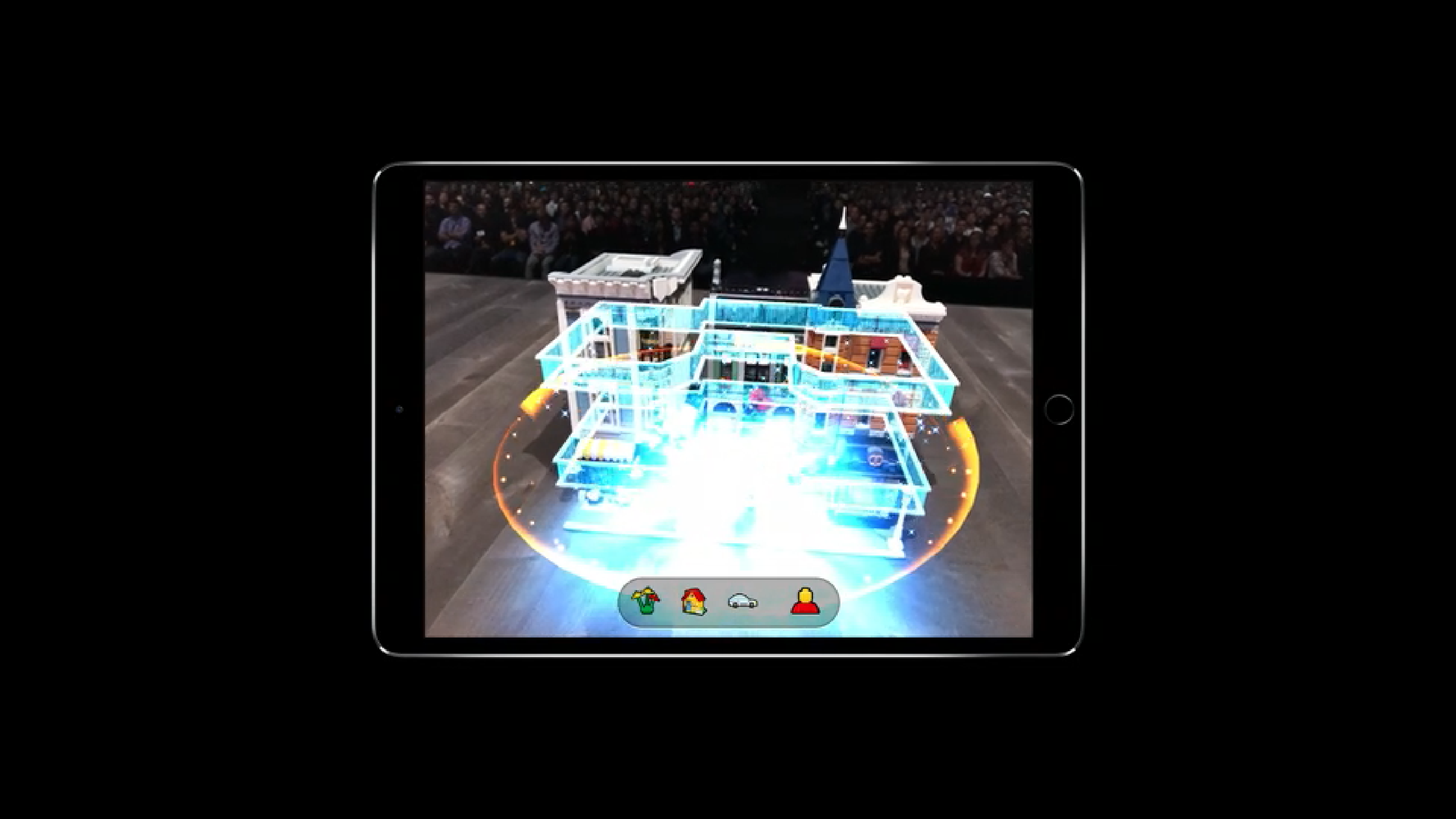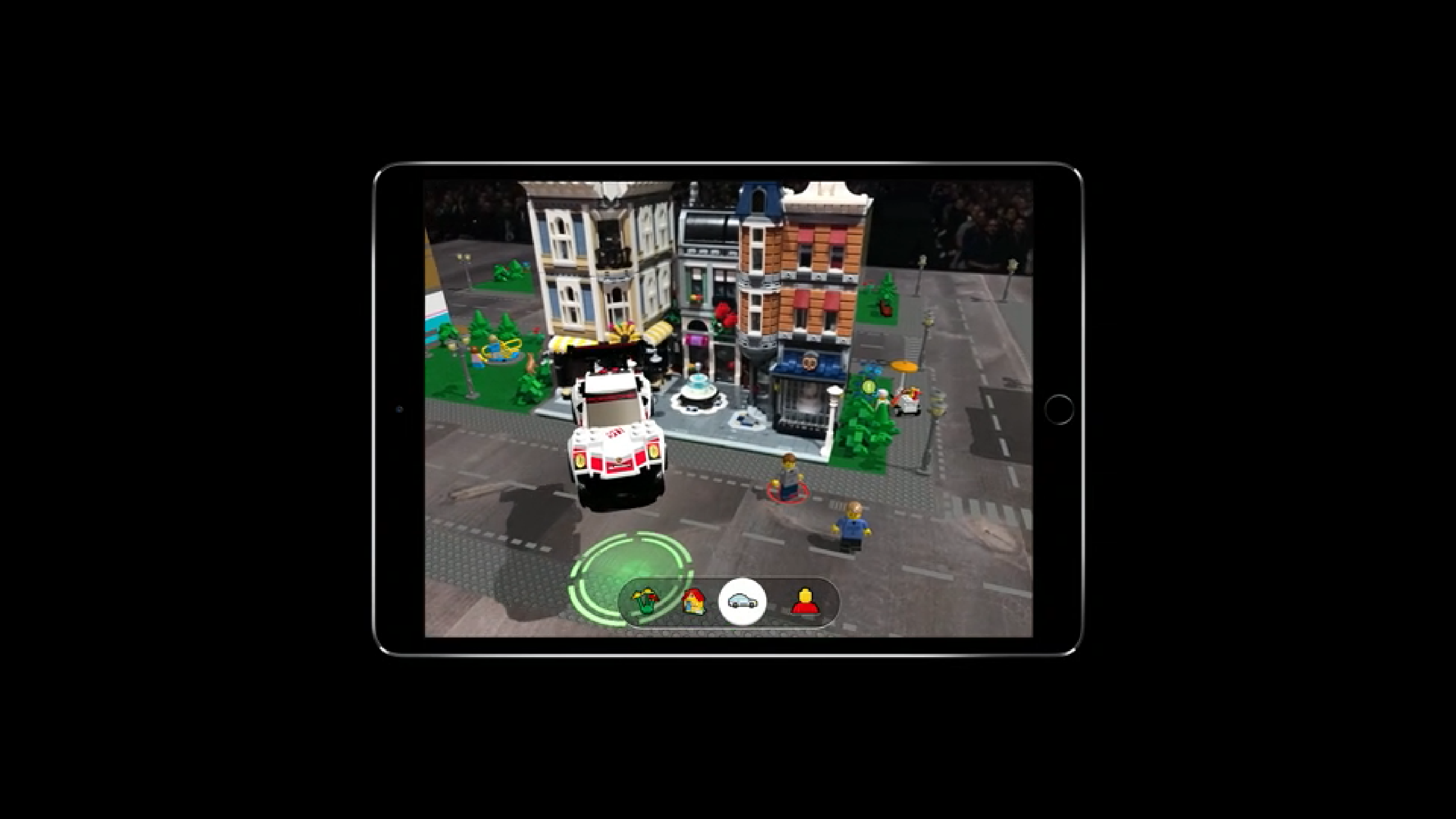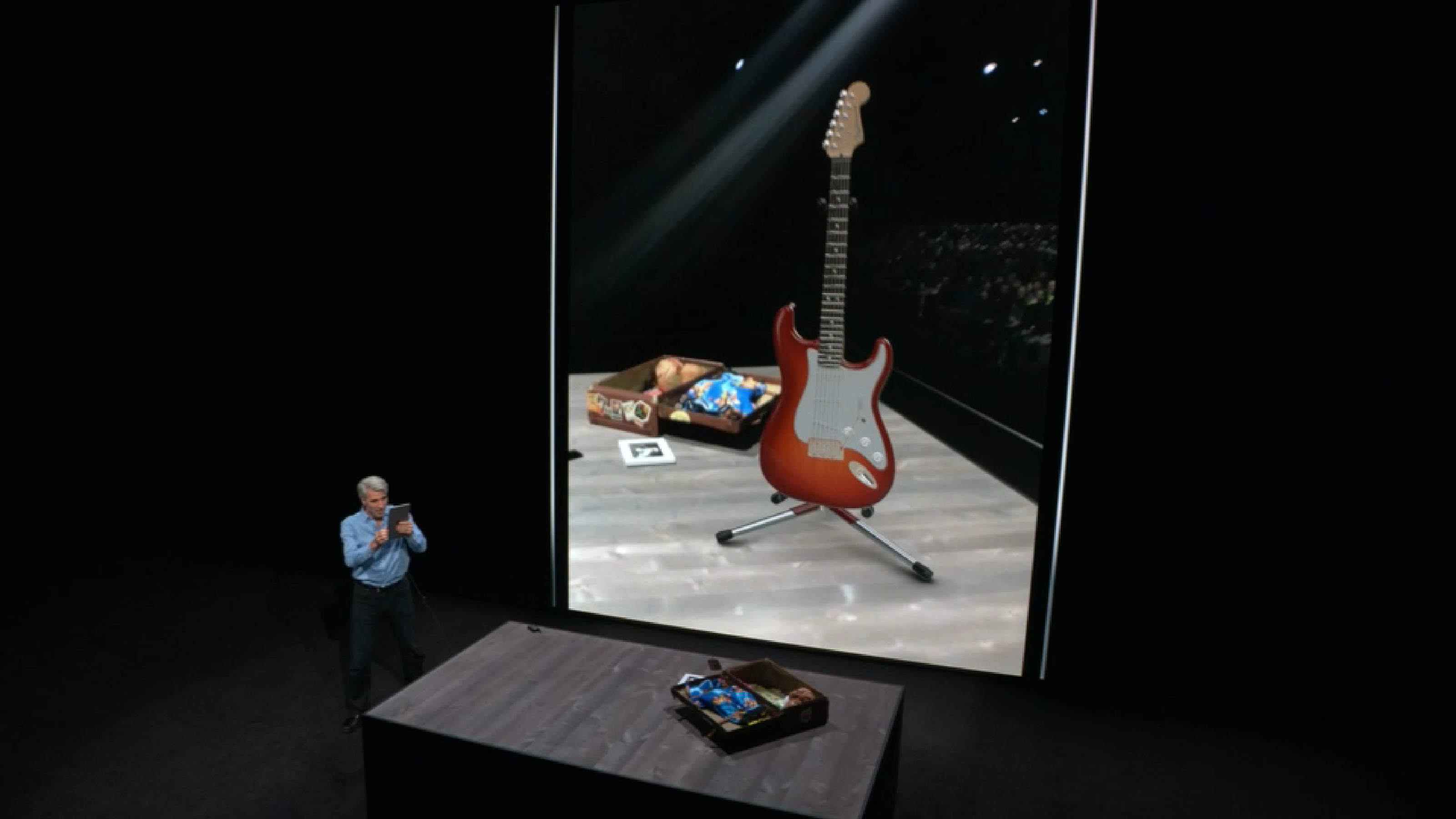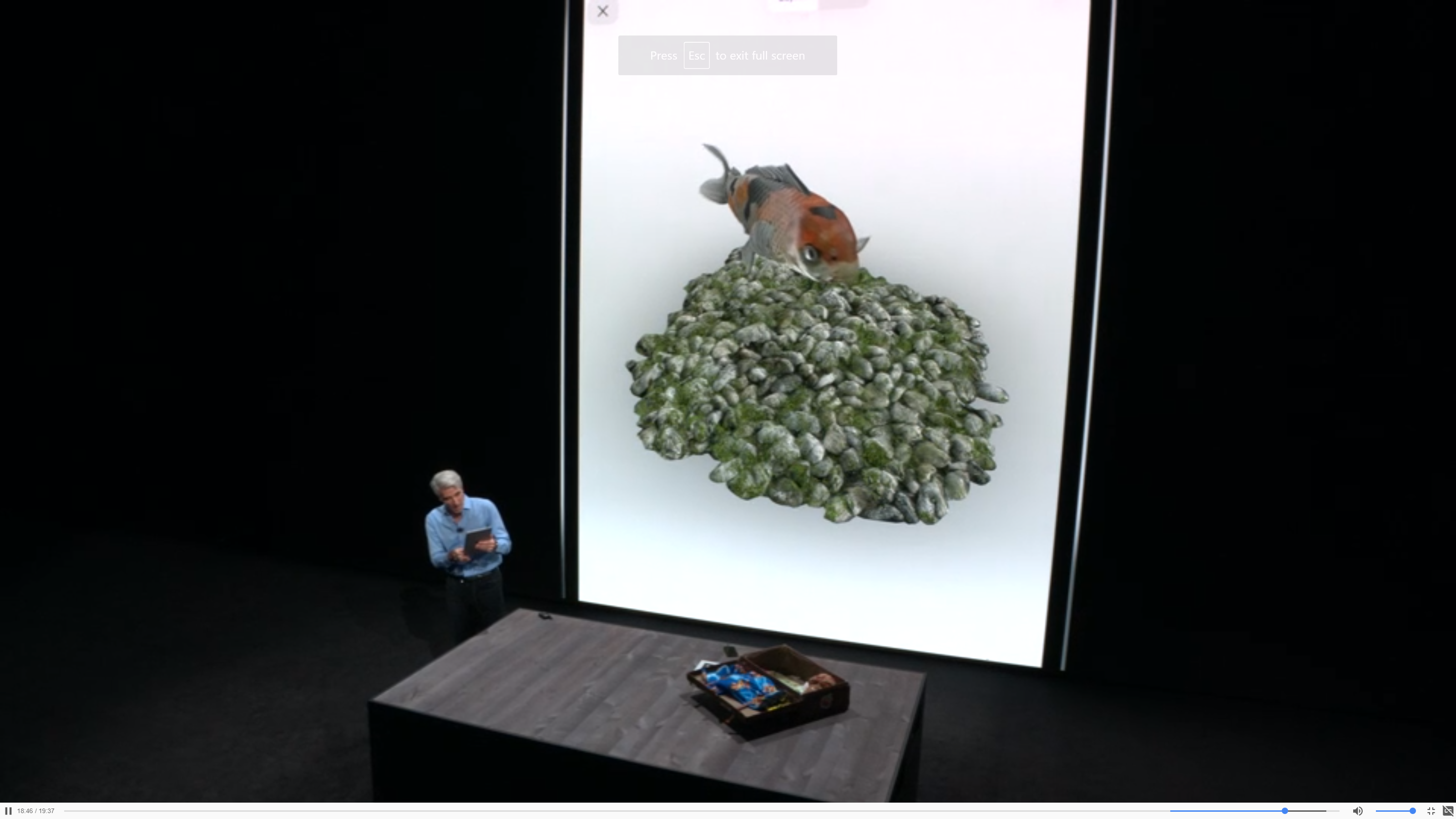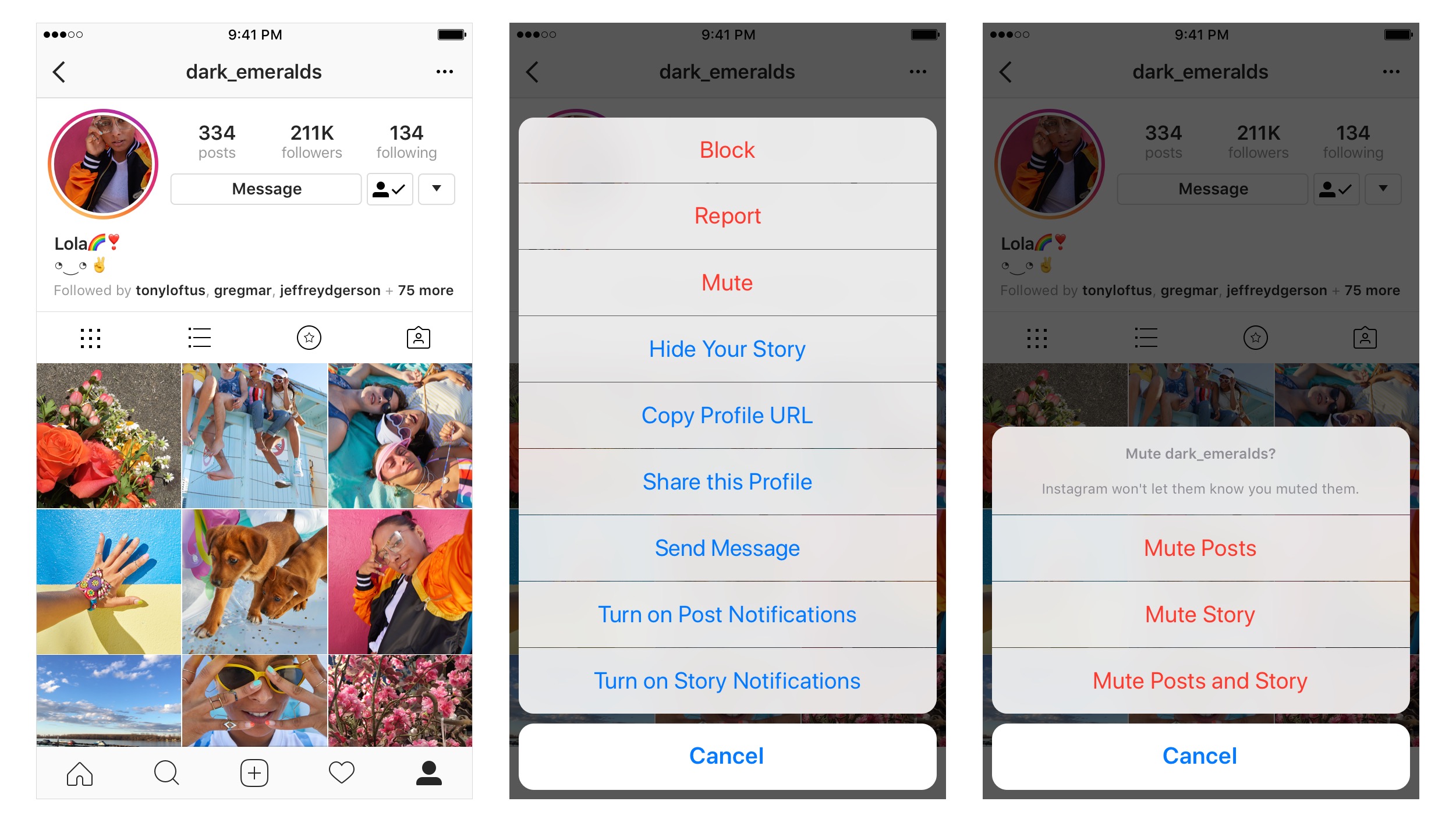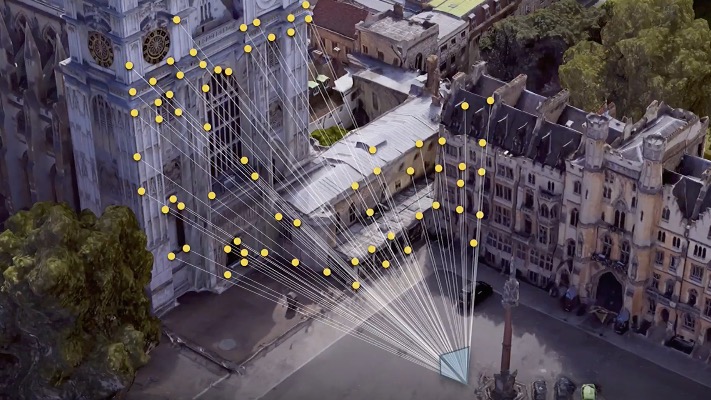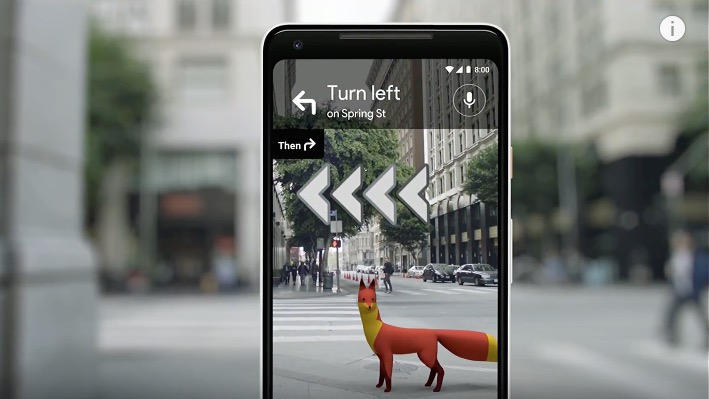The best smart switches and smart plugs can make a huge difference to your smart home. They can control appliances, allow you to set schedules, keep your home safe and, importantly, save on energy consumption.
Sure they may not be the most exciting smart home device you can buy. We know grabbing one of the top smart speakers, setting up a smart and colorful lighting system or a robot vacuum might seem more useful and appealing. But all of these will work even better if your home is kitted out with at least one or two smart plugs or smart switches.
So, where do you get started with smart plugs? With most smart home products these days, there are a lot of choices available. This means it can be tricky to figure which are worth flipping out over.
With that in mind, we've gathered up a guide to show you the light to the best smart plugs and switches on the market right now.
UPDATE: At CES 2020 earlier this year, plenty of smart plugs were on display. Two of the most useful new devices we spotted were from Wemo, including the Wemo Wifi Smart Plug, which automates anything you plug into it without a hub and with voice support. As well as the Wemo Stage, which plugs into your wall and works as a remote control that triggers different scenes, like holiday lighting or a movie scene. Both will be out in summer, so keep an eye out!
Best smart plugs and switches overview:
- Elgato Eve Energy Smart Switch
- Hive Active Plug
- Belkin WeMo Insight Smart Plug
- TP-Link HS200 Smart Wi-Fi Light Switch (US only)
- Ikea Tradfri Smart Plug


It's all about ease with the Elagto Eve Energy Smart Switch. Installing and updating the switch is a snap; all you have to do is plug it into an existing outlet, then plug your appliance in.
The switch is compatible with Apple HomeKit, and, uniquely, it connects over Bluetooth, not your home's Wi-Fi. Despite this unconventional (in the smart plug/switch space) connection method, Bluetooth works perfectly well here.
Like most smart plugs and switches, Elgato's design is on the bigger side, though you can still access the top switch if you plug it into the bottom one. The app is easy to use as well and keeps tabs on your energy consumption, plus estimated cost of the energy your appliance is sucking up.
This isn't the most enthralling - or least expensive - smart switch on the market. However, it hits a number of the right boxes, and looks good in the home.
Read our full review: Elgato Eve Energy Smart Switch


Hive began as a manufacturer of smart thermostats, but has grown into one of the biggest names in smart home devices of all kinds, including lights, cameras, locks and plugs. It's one of the most affordable ecosystems to get into - cheaper than Philips Hue, if you're interested in trying smart lighting.
The Hive Active plug requires either a Hive Active Heating thermostat or Hive Hub, but once you have that, it's simple to set up and use. You can create a schedule (with up to six time slots per day), trigger the plug using the Hive app on your phone, or link it to a Hive switch or sensor.
Not only is it one of the cheapest smart plugs around, the Hive Active Plug is also relatively small, making it one of the most discreet (if not stylish) options available.
Review coming soon

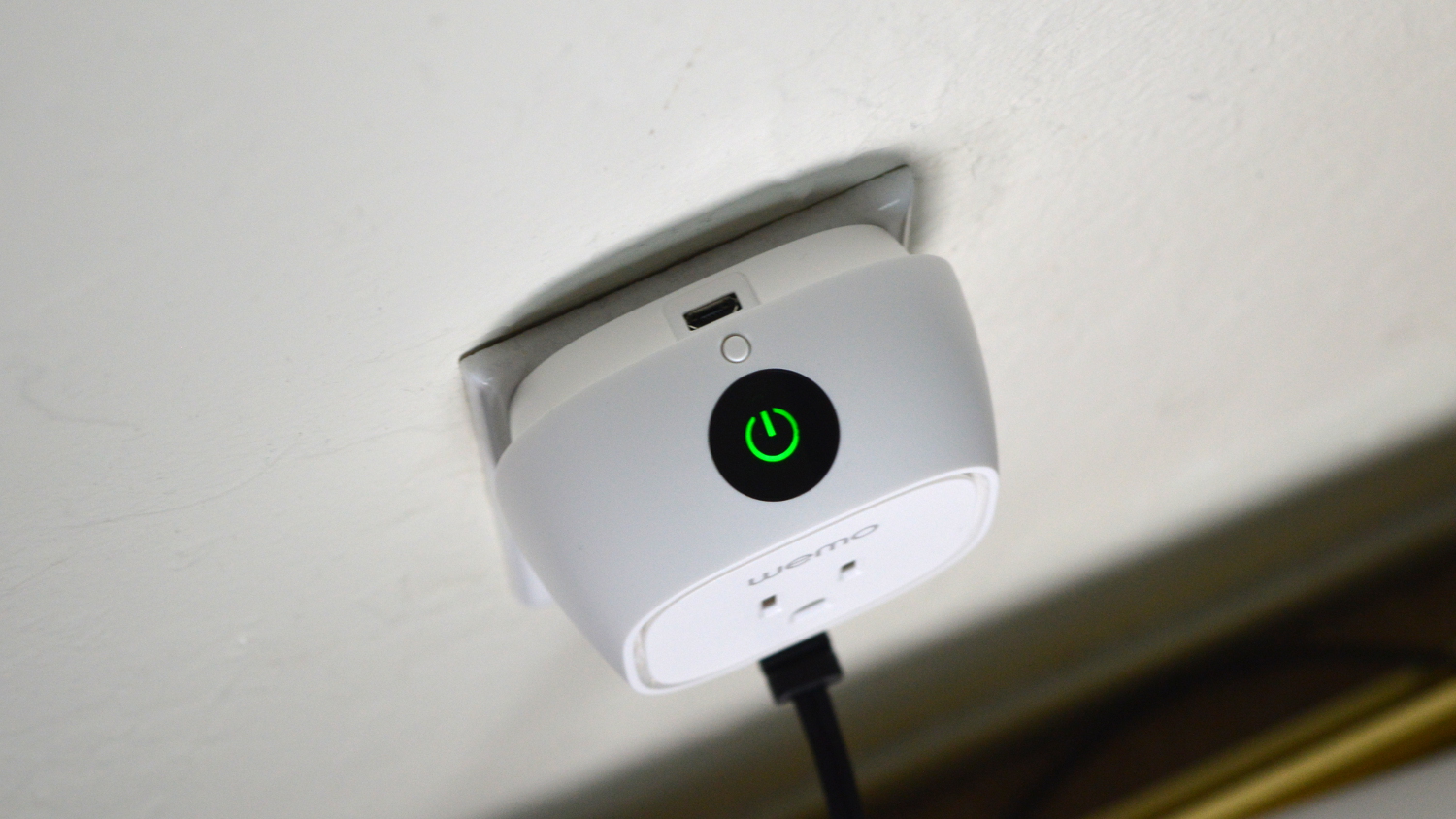
The Belkin WeMo Insight is a neat little device. Well, it's not exactly "little" considering it's bigger than it looks in the pictures, so be prepared for a bulkier plug that covers the top outlet if you place it on the bottom one (the same isn't true if you reverse the order).
That said, we consider the Belkin WeMo Insight Smart Plug to be the best light switch on the market. We like that it gives insights into your energy usage, and it gives you estimates on how much you're spending on energy, too. This is great if you're looking to cut down on your monthly power bill and be a little greener at the same time.
The one big drawback is that you do most of your work with the WeMo Insight in the app, and the app leaves a lot to be desired. Yes, you can turn off and on devices from the app home screen, but once you start going deeper, you run into trouble. It's difficult to remove devices from the app, which is annoying.
One redeeming quality of the app is that you can use it to integrate your plug with other services, such as IFTTT, Alexa, Google Assistant, Works with Nest and (unofficially) Samsung SmartThings.
The only one missing from this smart plug house party is Apple's HomeKit, though you can connect using a HomeKit Bridge, which Belkin sells. For more flexibility, check out the Belkin WeMo Dimmer Light switch.
Read our full review: Belkin WeMo Insight Smart Plug


Sure, you've decked out your home in smart LED bulbs, like the Philips Hue, but if these aren't connected to a smart switch, you lose connectivity if the lights aren't controlled with a smartphone.
That's where smart switches like the TP-Link HS200 come in. This well-designed switch may be connected, but it also gives a satisfying click, just like old-fashioned models.
But the similarities with old-school switches end there. This switch taps into an app called Kasa, which is equally well-designed. From the app, you can create different scenes that turn on or off certain lights, or set lights to turn on when your home's motions sensors detect movement, for example.
The switch does work with Amazon Alexa and Google Assistant, so you can ask both to flight the TP-Link switches in your home on or off.
It may not be quite as good as the Belkin WeMo Smart Plug, but the TP-Link will make your home a more connected creature, which is great if you're looking to take your home into the 21st century.
Unfortunately this switch is currently only available in the US.
Read our full review: TP-Link HS200 Smart Wi-Fi Light Switch

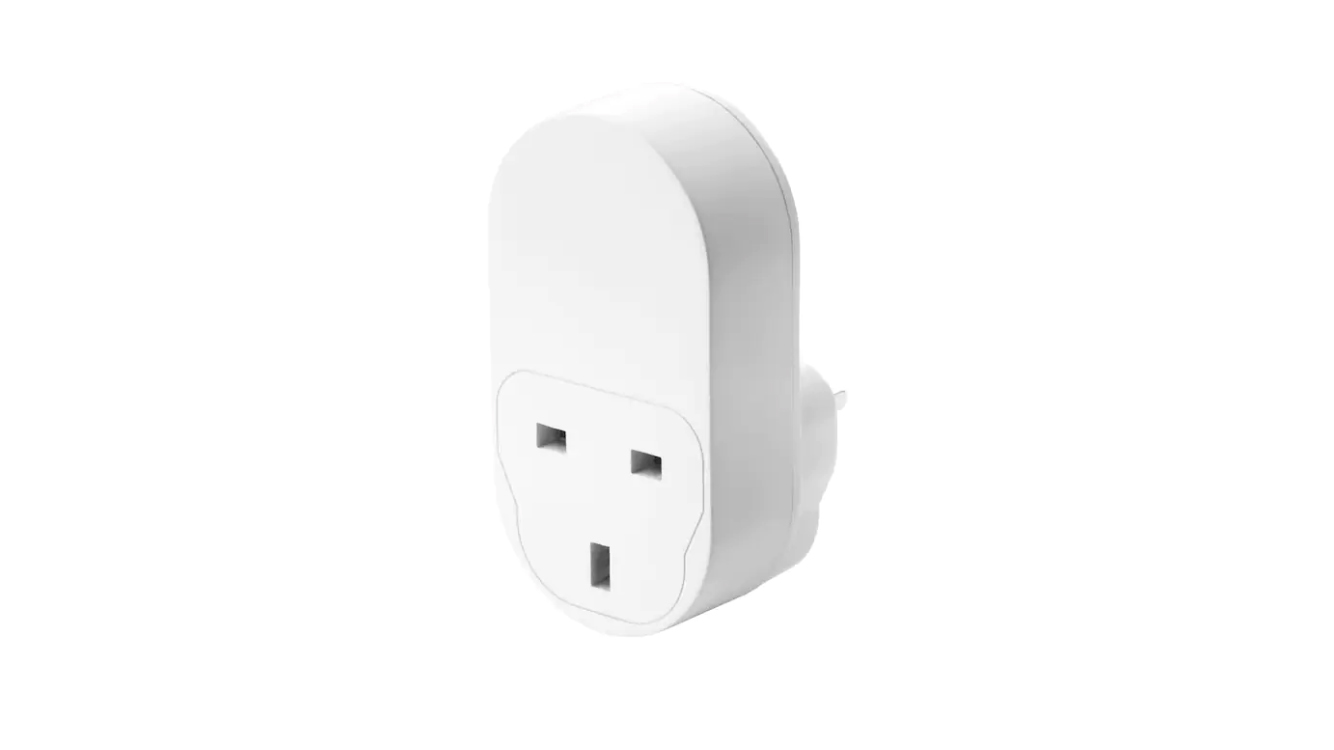
Image Credit: Ikea
If you're looking for a cheap and simple smart plug, then head to your local Ikea to check out the brand's TRÅDFRI range of smart home products, which has this minimal but reliable smart plug on offer.
You can control it via an app, operate it manually or programme it to work on a schedule. It has HomeKit support, so it's a solid option if you already have a few smart devices hooked up to the Apple ecosystem.

- Make your more comfy and connect with the best smart home devices of 2019
- On a budget? Here are the best cheap smart home devices


